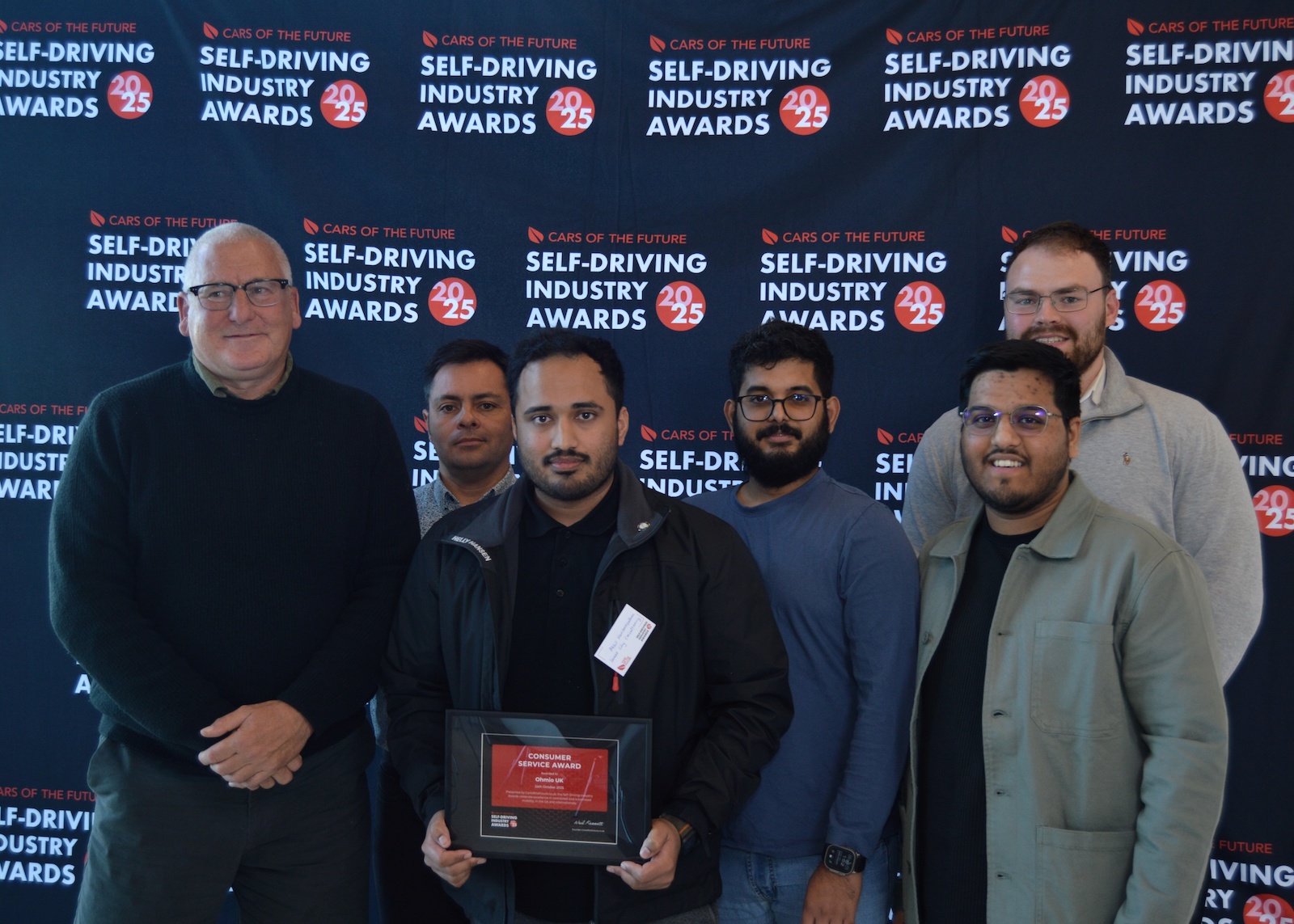Shuttle diplomacy: The path to deployment
Research and Development.
Entirely separate from the local demonstration coordination teams and trials, the HMI research and development group in Auckland has been developing their own technology approach to automated vehicles. In July 2016, the company identified that the rapid advancement of sensors, cameras, data analytics and wireless communications created a convergence with the transformative technology of autonomous vehicles. HMI decided to create its own automated vehicle using in-house technology development aimed at the last mile automated vehicle market. Two independent competing in-house research and development teams worked on both hardware and software approaches to achieve the project. In May 2017, the two approaches were evaluated and the best of each combined to form a technology platform for automated buses. To demonstrate these capabilities, HMI developed the Ohmio range of vehicles and launched these in a technology (rather than product) launch in Christchurch, New Zealand in September 2017. The ohmio automated driverless vehicles can platoon (intelligent convoying) and interact with traffic signals and roadside infrastructure. The vehicles use existing propriety sign controller technology, that HMI already manufacture, effectively connecting the vehicles to traffic control and management infrastructure devices. The vehicles demonstrated at the launch can use virtual routes from a central control centre via road side units, which enables the local authorities to regain control of their road network. The Ohmio vehicles are enabled by HMI technologies which is at the forefront of international intelligent transport systems development and deployment. Stephen Matthews, Chief Executive, Ohmio Automotion Ltd is responsible for this exciting emerging market opportunity and commented “The Ohmio range is set to join the shuttle market during 2018 when production vehicles will become available”.
So why Australia and New Zealand?
“Being in New Zealand offers us a formidable advantage,” explained Mohammed Hikmet. “The testing and deployment of autonomous vehicles elsewhere is slowed down by legislation or requires special permits. Here in New Zealand, the government already allows for testing of driverless vehicles. That gives ohmio an advantage as we scale up and develop our technology, especially as we understand regulations here and in Australia.” Connected automated vehicles like ohmio will deliver real service benefits, become a key element of Mobility as a Service, which promises to break down the transport silos that currently exist and provide users with safe and seamless travel and help address the air quality issues in our cities.
Key lessons.
Key lessons from the existing trials include the:
- importance of local coordination, which is vital in maintaining operations and securing the anticipated project outcomes;
- increasing public and authorities’ appetite for these new mobility services;
- importance of industry cooperation (e.g. if other vehicles were also deployed in Las Vegas, perhaps such local challenges may have been identified earlier and the misreporting avoided); and
- potential greater benefits and impacts of having vehicles from different suppliers operating in the same demonstrations.

One initiative that should help get different vehicles operating in the same area is the newly signed Memorandum of Understanding for cooperation between HMI, the Land Transport Authority in Singapore and the world leading GoMentum Station test facility in California. EasyMile are already partners with GoMentum Station, so the future for cooperation looks bright. Working together makes sense as the various service providers and manufacturers seek to establish the market for electric shuttles and to help improve and modify transport and mobility for all. The services enabled by these vehicles promise to harness connected automated vehicles to enable mobility as a service and contribute to improved air quality.




